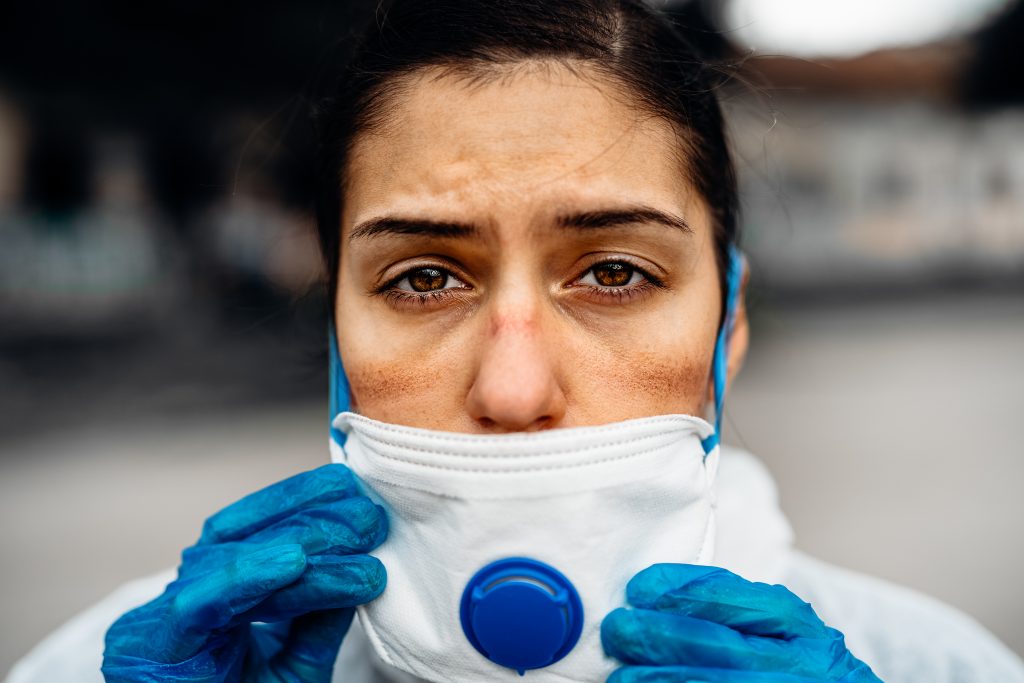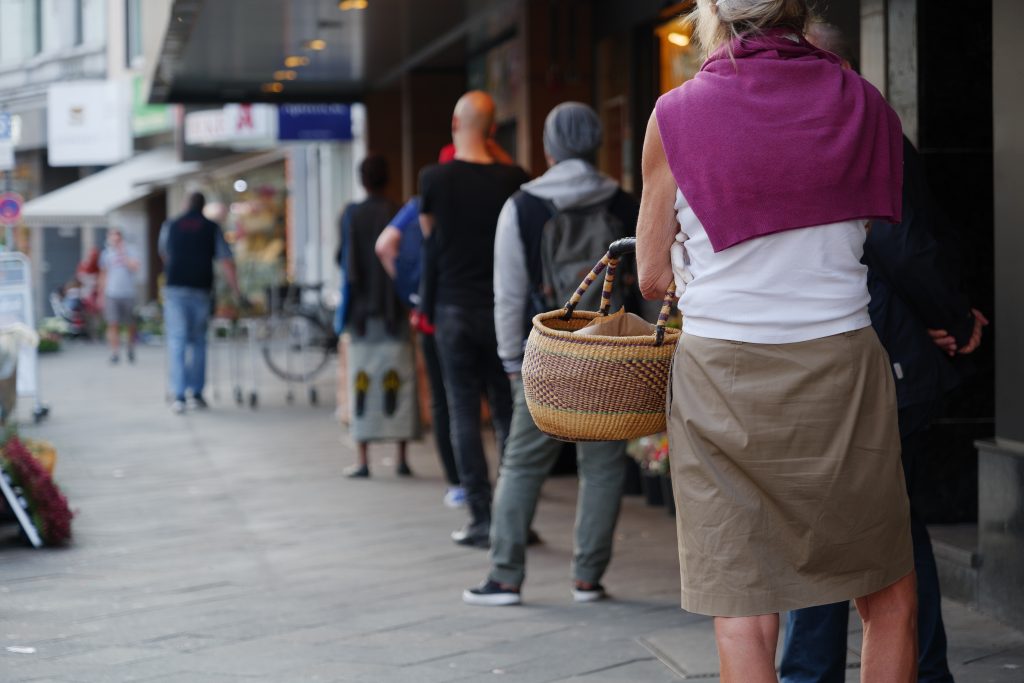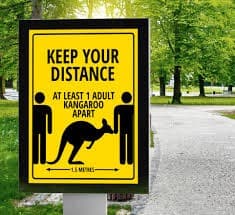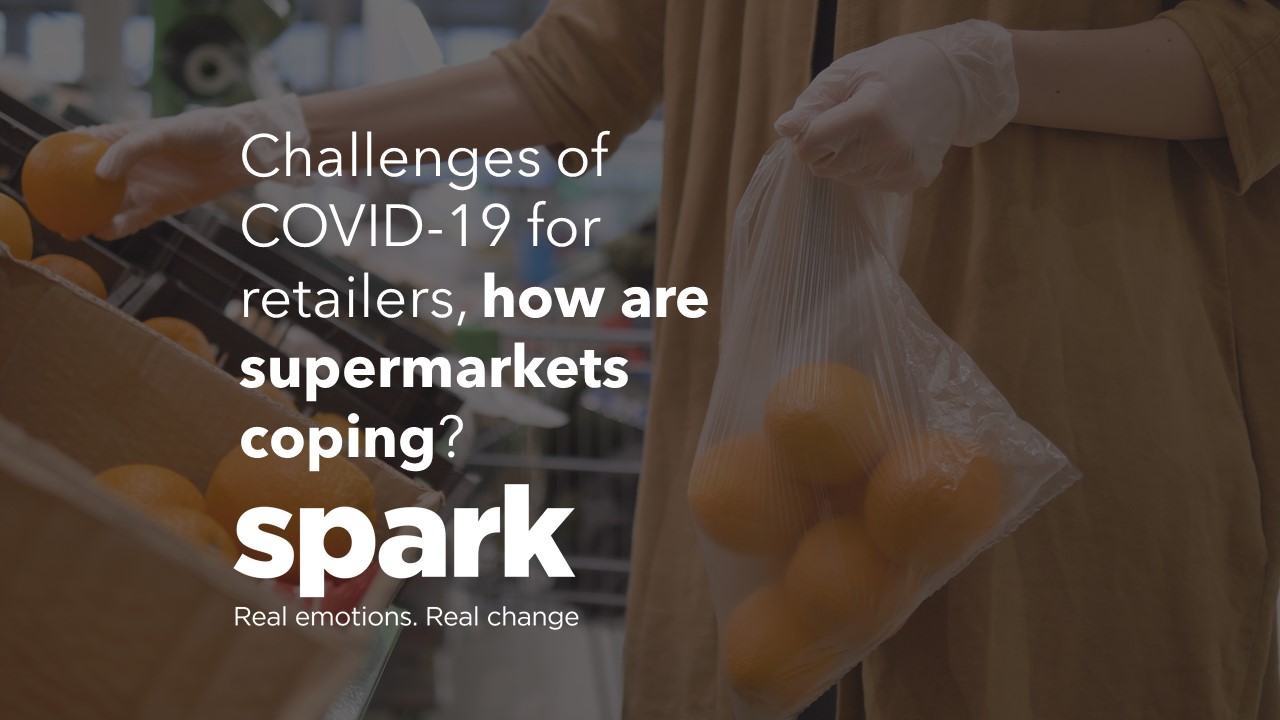Retailers are facing new and uncertain times and have so far done a great job feeding the country and supporting key workers. In this article, we are exploring the changing landscape of the supermarket. We will explain why these changes are making a difference and suggest ways to improve this even more.
Covid-19 is presenting some massive challenges to supermarkets, and as the UK starts to creep out of lockdown there will be even more new and complicated restrictions that retailers will need to handle. As times continue to change, we have put this together to help supermarkets change with them.

Addressing safety measures
First things first, grocery shoppers need reassurance now more than ever. It is more than just professionally responding to changing retail environments that’s important. To be bestowed with the trust of UK consumers, retailers should be seen to be changing. And once again, UK supermarkets are delivering. For example, providing cleaning stations and extra safety measures visibly demonstrates to customers a readiness to cope with the pandemic and that the retailer genuinely cares about the safety of customers and staff in-store.
Shoppers and consumers need to physically see that retailers are responsibly addressing the current situation. The changes made that shoppers take most notice of are the ones that they will appreciate most in these times of uncertainty.
We wanted to learn more about this topic and many other issues facing customers and retailers during this pandemic so we conducted our own survey in which over 200 people responded. We asked respondents to tell us which was the last supermarket they visited and then answer some questions. One of which was to indicate which precautionary measures they had seen on their last visit from a provided list of 8 measures. Such measures included: Hand sanitiser for staff and customers, trolley cleaning stations, 2-meter distancing signage, screens for cashiers, and a one in one out policy to name a few.
Of all those that responded, 98% saw a precautionary measure in the store they had last visited. Nearly three quarters (73%) of shoppers reported seeing 5 or more showing what a great job retailers are doing in making their stores safer. In particular, Tesco shoppers reported seeing more precautionary measures than shoppers in any other store. 86% of Tesco shoppers reported seeing 5 or more measures.
Clearly, shoppers are noticing the changes that supermarkets are making, and they are noticing who is doing it better than others. In this time of uncertainty, shoppers will return to the stores that make them feel safe and looked after. A store they trust. We suggest making your new safety measures clear and most importantly, visible.

Understanding new behaviours
During this pandemic, we are asking for a lot from shoppers and consumers. We are expecting them to change deep-rooted habits, such as where they shop, how they shop and when they shop. An experience that was a normal, everyday activity has now become a minefield of rules and measures which we are all just trying to get through together.
If retailers can understand how new behaviours are formed, guiding shoppers into these behaviours may become easier. The COM-B model stands for Capability, Opportunity, Motivation and Behaviour. It suggests that an individual needs all three (COM) to be able to realistically achieve a behaviour (B) such as cleaning their trolley before entering the store. To get shoppers to perform a new behaviour we need to make sure that the shopper is capable. Cleaning wipes and instructions should be provided. The shopper must have both the psychical and social opportunity to do the behaviour. There should be a cleaning station in a safe space near the trolleys that does not obstruct other shoppers. And finally, motivation. By explaining the benefits of cleaning the trolleys, shoppers will be motivated to do so to keep themselves safe.
Of all the conditions, increasing motivation in this context can be a challenge as these new measures are breaking hardwired habits. However, it is important to note that motivation can be influenced by both a person’s capabilities and opportunity. A person who is limited by what cleaning equipment they have or are feeling pressured to grab a trolley quickly, will not be as motivated to clean it as someone who has enough wipes and space. By improving C and O conditions, we can increase shopper’s motivation to perform these new behaviours.
By making sure these 3 conditions are met, we can be confident that customers will be able to achieve the desired behaviours.

Distancing – a step ahead
We’ve all heard about the importance of ‘Social distancing’ and retailers are using a variety of communications tools in this regard. While bringing physical distancing to shopper’s attention is essential, some have failed to consider the finer details.
You’ll notice that in the title above, we referred to ‘Distancing’, not ‘Social Distancing’. The World Health Organization (WHO) has suggested we should use ‘Physical Distancing’ instead of ‘Social Distancing’. This small change in our language encourages people to continue their vital social interactions while maintaining a safe distance. The British Psychological Association also supports this suggestion.
To make sure the signage effective we need to understand exactly how shoppers process what they see in the store. We know from previous academic research that pictures are crucial when capturing attention. When text is in the peripheral vision, it is often ignored as our brains are too busy processing what is in front of us. Our brains are hardwired to keep a lookout for predators in our peripheral vision which explains why text just doesn’t cut it. Therefore, visual images are much more effective to capture our attention. This, paired with colours that we have learnt mean danger or warning (reds and yellows) creates an effective message.
Moving on to the actual distance to abide by, some shoppers don’t know how far two metres is. To begin with, anyone over 60 years old was taught feet and inches. Then there is the matter of spatial awareness. Generally, humans are not that good at understanding distance.
In response, the use of floor stickers has been a real benefit in retail. In our survey, 91% of shoppers recalled seeing floor tape making it one of the most recalled precautions. But once again, science can point to subtle changes we can make to ensure that the floor stickers are as effective as possible. Although using bright, clear, floor stickers help make shoppers aware of a safe distance, it’s more effective to explain the distance using an illustration, not just words or numbers. For example, in Australia, an image of a kangaroo is being used to illustrate a 2-meter distance and a moose could be used in Canada.

We know that the good stores will use floor stickers to show shoppers the correct distance, but the best stores will go one step further. They will emphasize the floor markers with colour and illustrations, making them impossible to ignore. We suggest making a relatable comparison to a 2-metre object which can reinforce the distance where signage may not be present (such as a kangaroo for Australians, or a Moose for Canadians). What do you think would make a good illustration for the UK?
Spark Emotions is a global market research agency specialising in truly understanding the emotions and behaviour of your consumers, to find out how we can help you understand your customers better, please get in touch by clicking here.
Alternatively, If you would like to read more about how behaviour has been impacted by Covid-19, click here for more articles

Written by Tara Moran, Research Executive at Spark Emotions.
If you have any questions, feel free to reach out to Tara via email tara.moran@sparkemotions.com or connect with her on LinkedIn





